I made my first contribution to the Nystagmus Network Focus newsletter after much parental cajoling and days, weeks, months, if not years, of adolescent procrastination, in the mid-1990s. To save readers from searching the archive, I’ve got what I consider to be mild nystagmus and bad short sight and astigmatism.
Contact lenses are better than glasses but even with them I can’t see the numbers of buses until they’ve whizzed past the stop. All right, there are a few other inconveniences, like not being able to drive, but you get the picture. Well, here we are a couple of decades later and I am a parent.
“ My parents were brilliant about my nystagmus. I have to say that, they’re reading this!” – Julia
My daughter is 18 months old and it was clear from early on that her eyesight was better than mine; a smile from her father across the living room that I would not have seen without glasses brought a response from our few-week-old girl. So far, so no myopia. Nor have we seen any signs of nystagmus, so we congratulate ourselves on the random allocation of genes. (My father has nystagmus, hence the fear of passing it on.) That didn’t stop me from wondering about what sort of parent I would have been if she had had similar eye problems.
But how to help her understand my eyesight? As she gets to grips with the world around her, I realise it won’t be long before she’s pointing to the sky and saying, “Mummy, what’s that up there?” and I’ll have to go through the checklist. “Is it a bird? Is it a plane? Is it a figment of your imagination or mine?” How do I convince her that she doesn’t need to sit as close to the television as I do or hold books as close? Parenting: a catalogue of unknowns.
As she grows older, she is becoming more interested in story books, rather than picture books with one or two large-print words per page. I’m already having problems reading the text while allowing her to look at the book too. It’s just like that you’ll-have-to-share problem I had throughout primary school; I could never get close enough without hogging the textbook. Fortunately, I know most of the books we’ve got by heart by now, and no one is able to complain when I get a turn of phrase wrong — yet.
My nephew, aged three and a half, has recently issued the rude reminder that I’m pretty ropey at ball sports. I could tell that he was getting frustrated with my lack of volleying skills playing badminton in Grandma and Grandpa’s garden. I shan’t take it personally but will make a note to try to improve myself before my daughter gets to that stage.
My parents were brilliant about my nystagmus. I have to say that, they’re reading this. They were, though – in all areas but one, and that is that I learned to play the flute when really I wanted to play the cello. As I remember it, I was coerced into choosing the flute. My mother remembers it differently, but I think the arguments were as follows: the flute is smaller and easier to carry and, crucially, it goes sideways so you can get as close to the music as you need. Plus, James Galway has got nystagmus and he plays the flute. Valid arguments, yes, but I still believe that the cello is basically better than the flute and I’m sorry I didn’t get to learn it when I was young.
I have a number of experiences as a musician, albeit an amateur, related to my eyesight that I may share in another piece. I might not wait twenty years to file that copy. The moral of this story, though, is that if my child, nystagmus or no nystagmus, chooses to learn an instrument, she has free choice. But if she picks something large like the drums, the harp or the double bass, she’ll have to negotiate that with her father, the driver.
“If my child, nystagmus or no nystagmus, chooses to learn an instrument, she has free choice.” – Julia
If you have a story you would like to share with the nystagmus community through our newsletter please get in touch with us here.
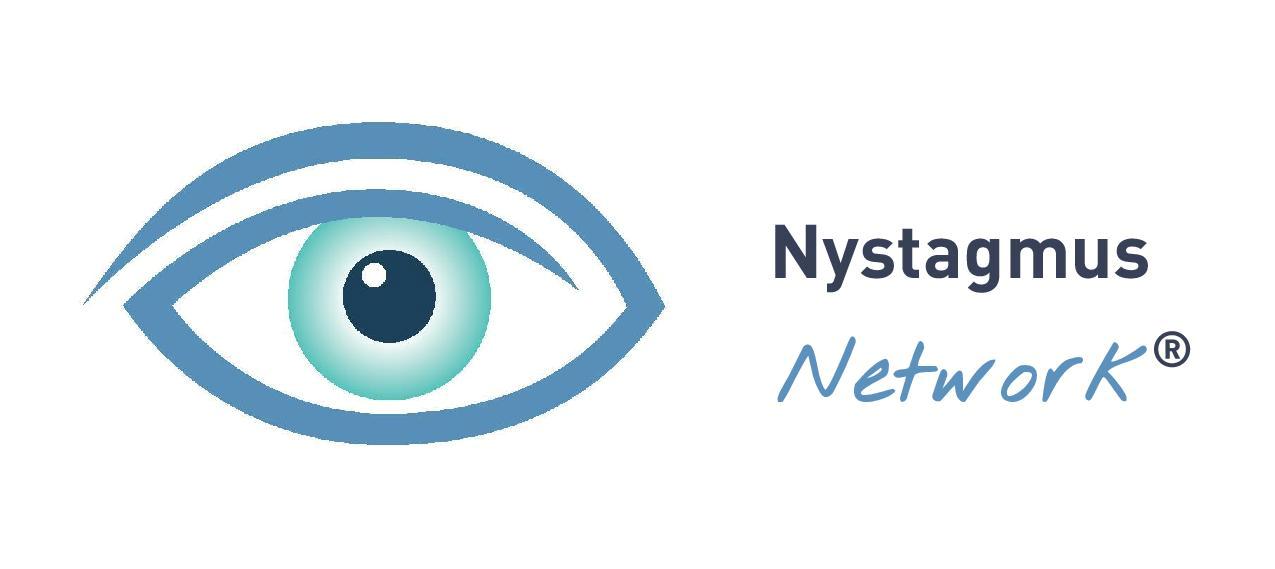
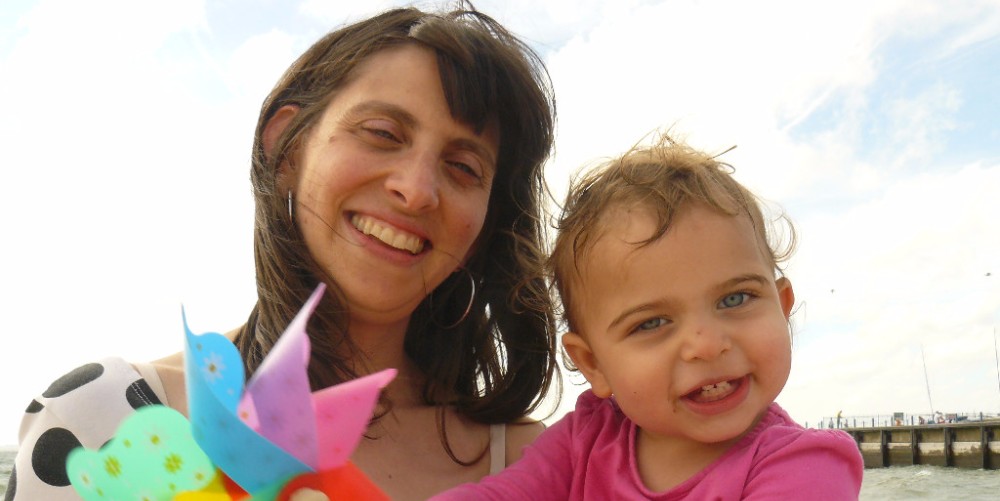
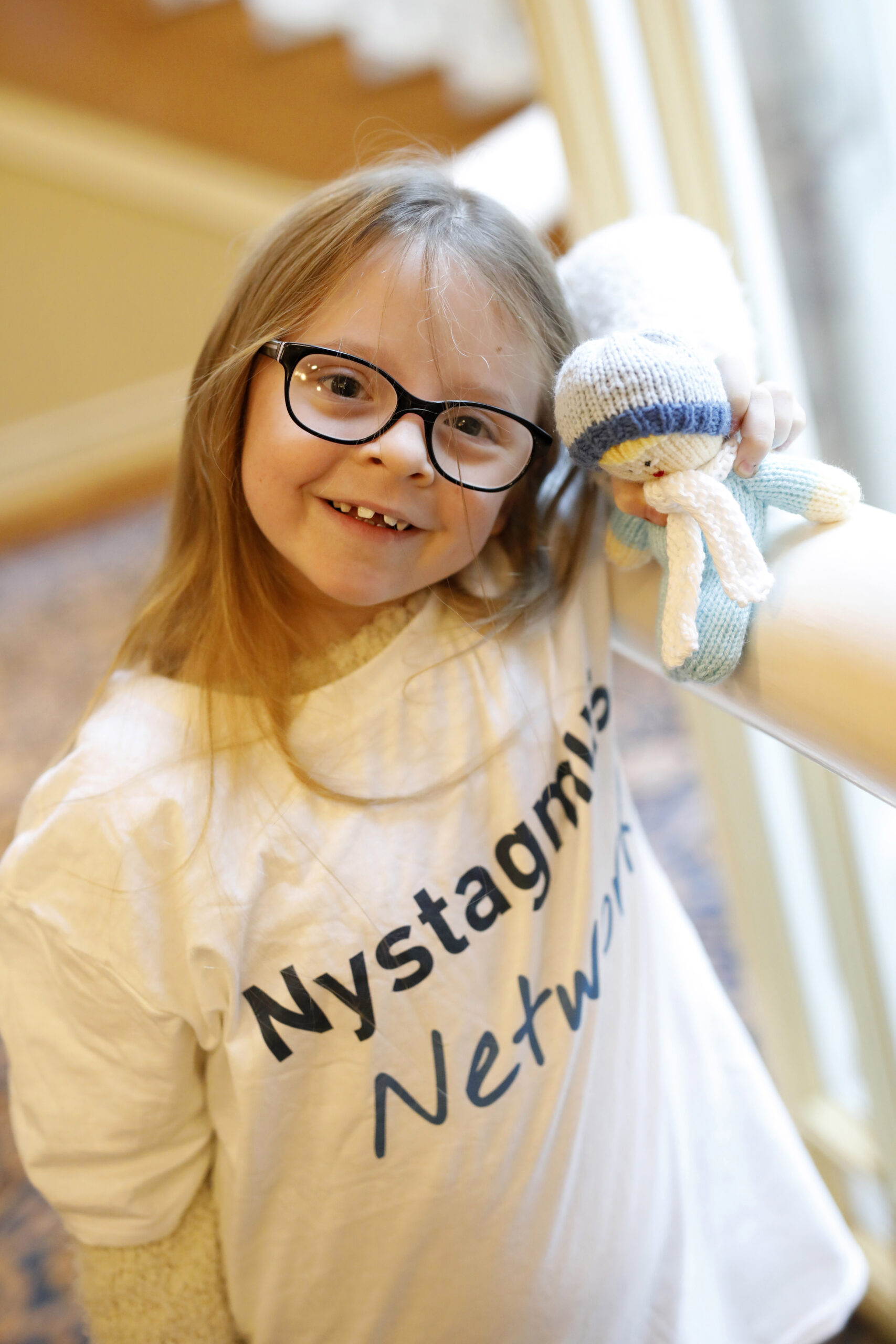
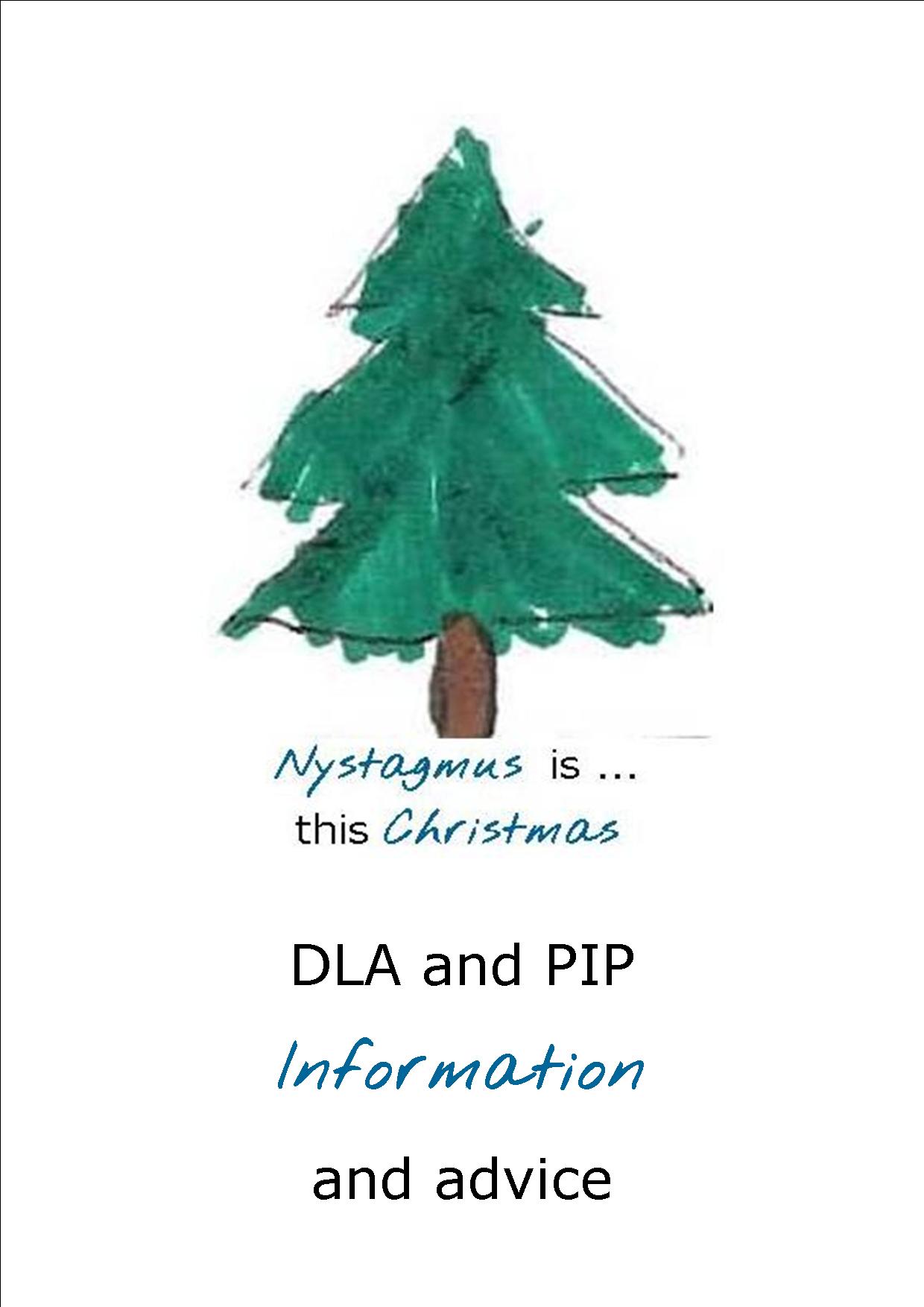
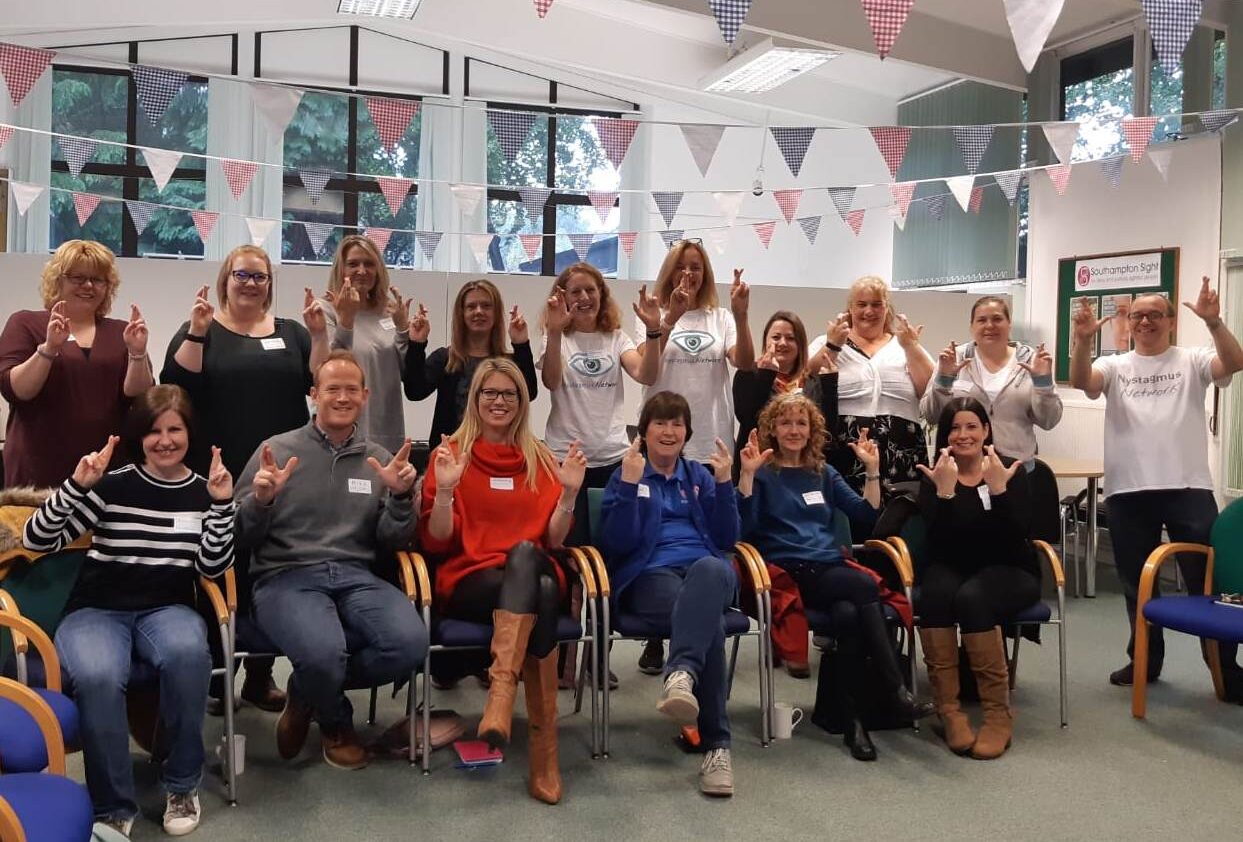
Published by